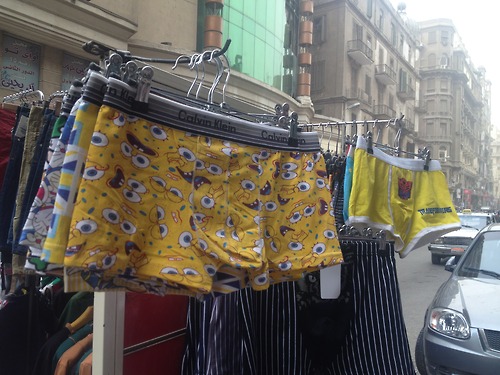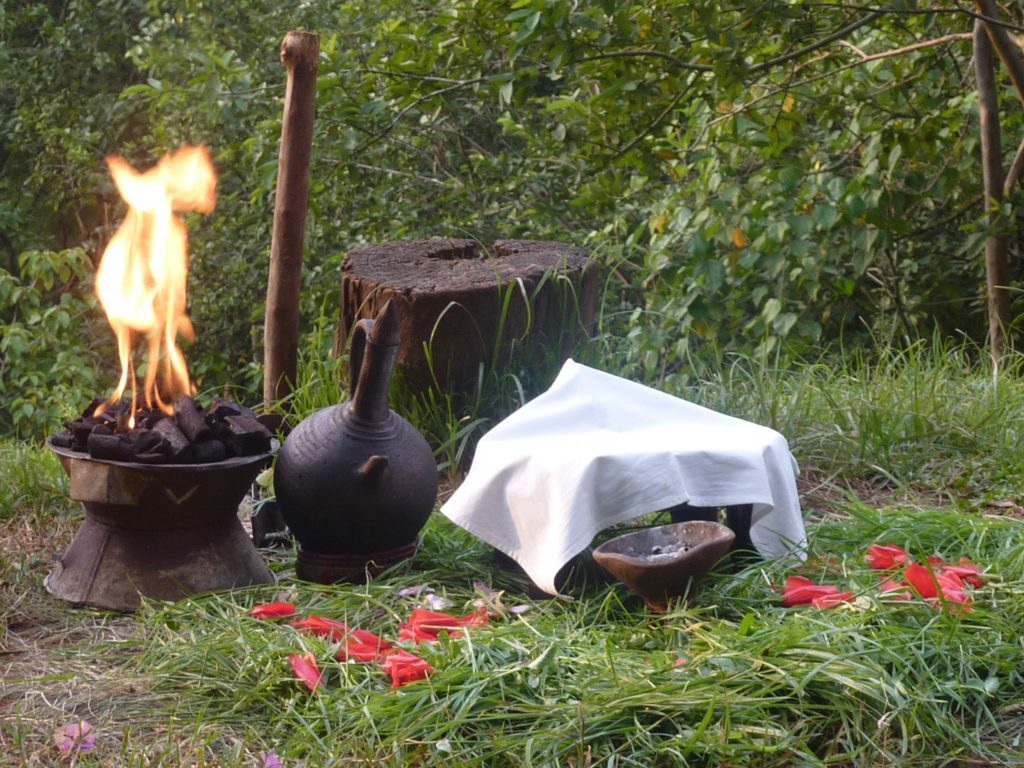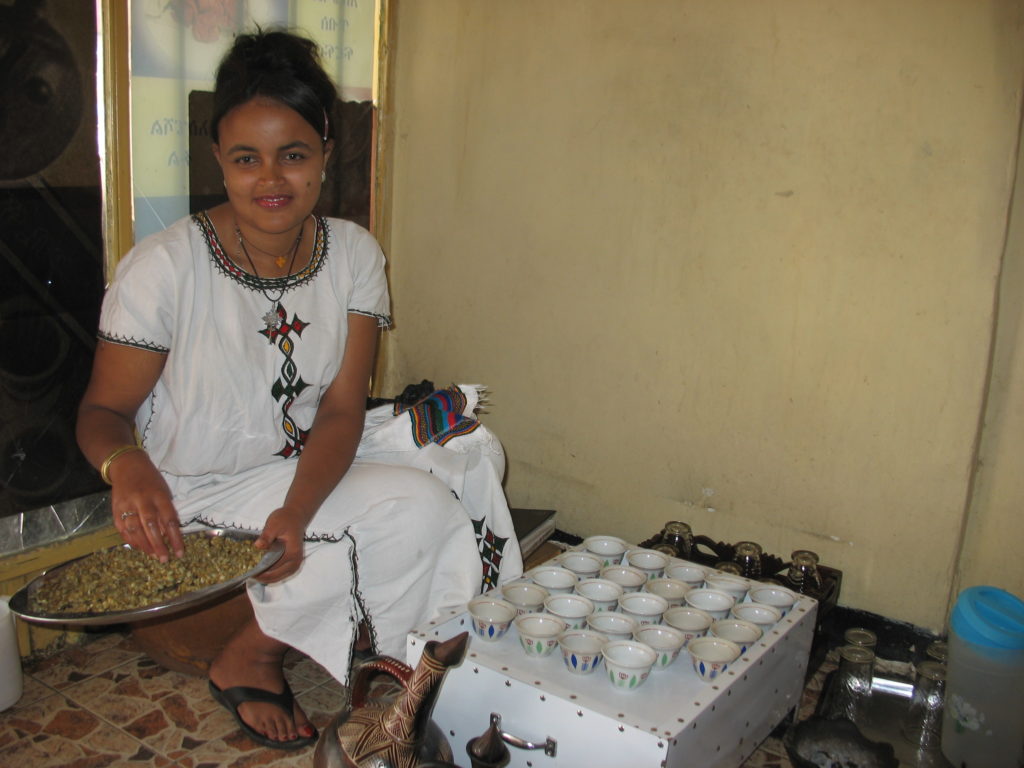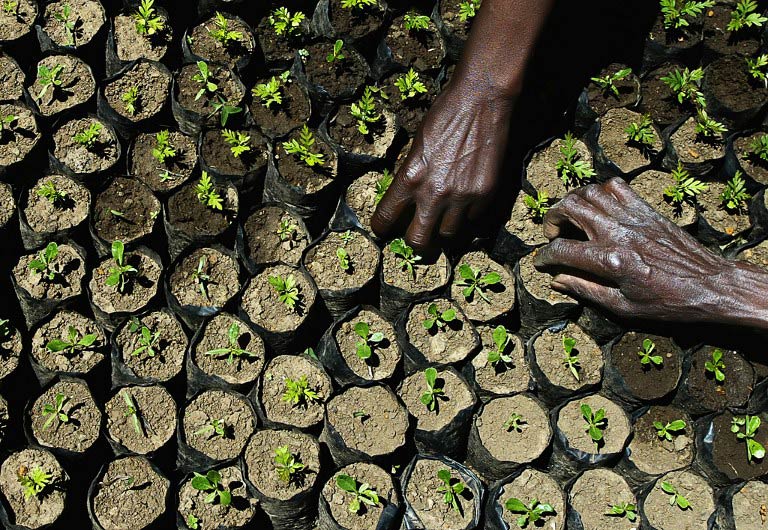Stroll the streets of central Cairo today, and two faces stand out. The first is a symbol of resistance; Jika, a teenage protester shot dead late last year, whose likeness has been repeatedly stencilled across the walls of the city centre.
The second is rather less revolutionary. It belongs to SpongeBob SquarePants. The fictional marine sponge, historically found on kids’ cartoon channel Nickelodeon, is now the ubiquitous face of Egyptian tat – printed on everything from hijabs to boxer shorts, complete with spelling mistakes. (In Egypt, where western Bs are often confused with Ps, SpongeBob sometimes becomes a variant of SpongePop.) Name something cheap and tacky, and chances are that someone in Egypt can sell you a Spongified version.

His appearances have become so frequent that a blog – SpongeBob on the Nile – now documents his Egyptian adventures. Vice magazine was even forced to ponder: “Is SpongeBob SquarePants the New Che Guevara?”.
The explosion started about a year ago, SpongeBob on the Nile’s co-founder reckons. “I remember coming back in June 2012,” says Elisabeth Jaquette, a longtime Cairo resident who had returned from a year in America, “and walking through Tahrir Square, where you used to see T-shirts that said ‘Egypt’ and ‘Revolution’. But that June, half the T-shirts were just SpongeBob.”
Soon the craze spread to other wardrobe items. “Men would ask me for SpongeBob boxer shorts,” says stallholder Yasser Abdel Moneim. To meet demand, Abdel Moneim now sells three different SpongeBob pant designs – sourced from China – including one that overlays the sponge with the unlikely logo of Calvin Klein. “It’s still the thing that sells out first.”

Egypt is not the only country to have taken to SpongeBob. Jaquette’s blog memorably shows someone celebrating the Libyan revolution dressed as SpongeBob. But Jaquette argues: “People are reproducing it in ways that are very distinctly Egyptian; there are traditional hand puppets that have SpongeBob on them, tissue-box covers – a very Egyptian thing – with SpongeBob designs.”
How this all started, no one really knows. SpongeBob is shown on a private Egyptian channel, but most won’t have watched much of it. Whatever Vice‘s headline implied, SpongeBob doesn’t have any political resonance. One theory is that SpongeBob’s success is symptomatic of the way that urban space has changed in Egypt since the 2011 uprising. After the revolution, a breakdown in law and order made it easier for street traders to set up shop in city centres – a phenomenon that may have led to higher sales of Spongebob tat.
Jaquette, however, isn’t convinced. There may have been fewer vendors before the revolution, she says, “but there has always been one shirt or other that has been popular”. For now, SpongeBob’s presence is everywhere – but it may not be for ever. At the height of his popularity, Tahrir vendor Mostafa Hamed sold 30 SpongeBobs a week. But this week? Just three.
Patrick Kingsley for the Guardian.







